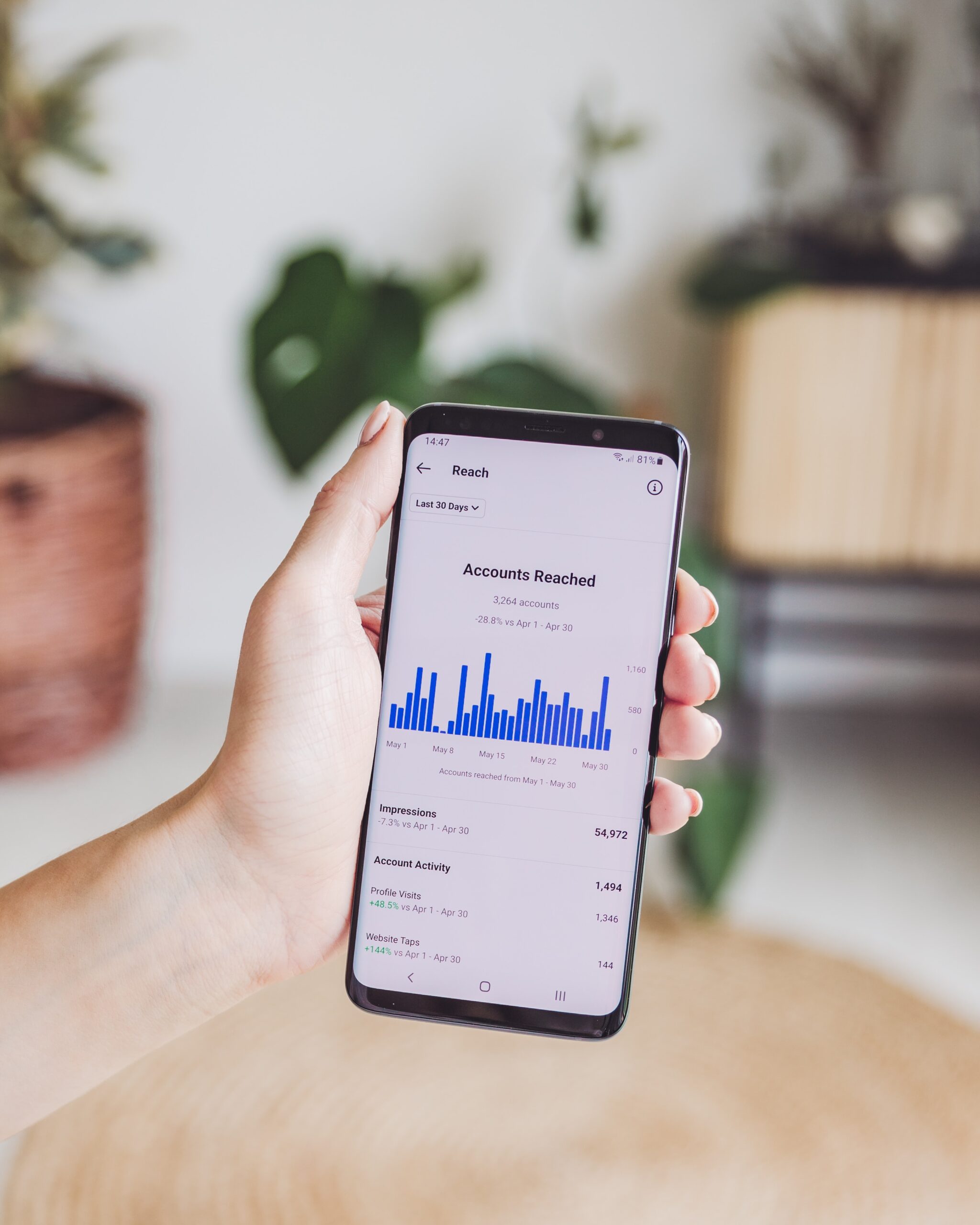Retargeting a consumer that’s previously interacted with a brand via mobile is more than 10x more likely to result in an order or positive engagement, finds research from Upstream.
If mobile app retargeting happens on the same day as the consumer initially engaged with the brand, that improvement is almost 100x greater.
So… What is mobile app retargeting?
Mobile retargeting, or mobile app retargeting, means showing relevant content and promotions to people who have previously engaged with your website or app. These ads drive users to a specific page of the application and if Implemented as a part of your marketing strategy, can help in maximizing the returns from potential and current customers while also increasing your brand awareness.
How Mobile Retargeting Works?
Mobile retargeting is based on app deep linking technology. Deep links are the links that directly lead a user to a page on an app on their phone when they click on it.
For mobile retargeting to work, the deep link should lead the user to a relevant section of the app, and not always the home screen. An example of a deep link would be someone’s Instagram profile link on Facebook. When you tap on the profile link, Instagram automatically opens on your phone, and instead of the home page, it takes you to the profile of the person you click. That is a deep link. Learn more about the deep link technology here.
Some best practices for mobile app retargeting
- Define your goal
- Start by clearly defining the goals of what you want to do with your advertisements. Some popular goals are:
- Increase brand awareness.
- Improve app engagement.
- Increase conversions and ROI (make a sale/download).
- Your audience and the type of advertisements you do vary depending on your goal of creating an ad.
- Start by clearly defining the goals of what you want to do with your advertisements. Some popular goals are:
- Don’t annoy customers with your retargeting
- According to a study by emarketer, 77.4% of US customers report that seeing too many ads from the same retailer annoys them.
- While retargeting, you should use both frequency and recency capping:
- Frequency capping means limiting the number of times a banner or message is shown to a user in a specific period of time.
- Recency capping is the amount of time between specific ads shown to a user.
- Frequency capping controls the number of times an ad is shown during a period of time, while recency capping controls setting a minimum time between two instances of an ad on a user’s screen. For best results, you should use frequency and recency capping together.
- Personalize your messaging
- Personalization means creating something to meet someone’s individual requirements. It is the key to every type of advertisement, including mobile retargeting. As personalization involves tailoring your ads for a single person, it provides you with the highest level of relevancy.
- In conclusion, there are various mobile app retargeting strategies and options available. Whichever you use, always remember what you want to do with the campaign, select and segment your audience in a proper way, personalize the ads, and don’t irritate people with too many of them. To design your custom mobile app and improve your brand retargeting, Contact us today!


